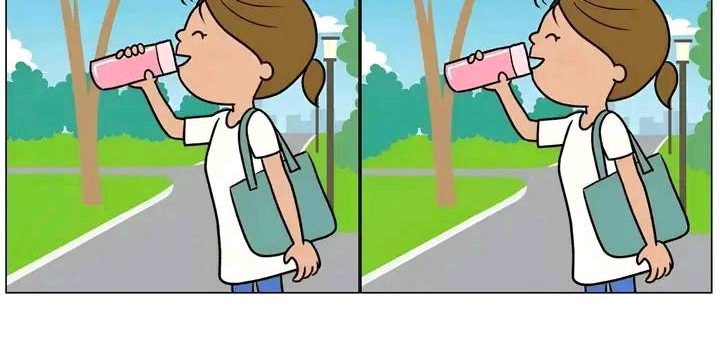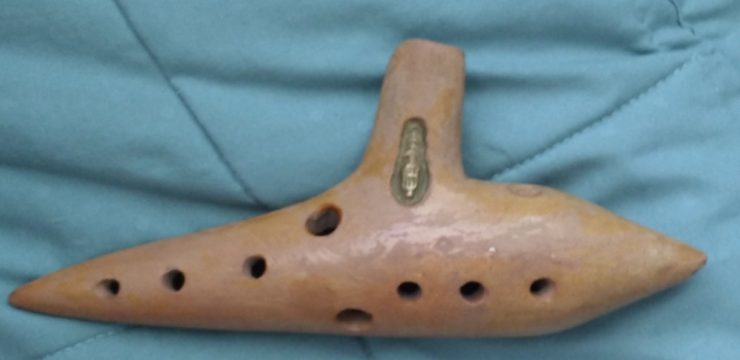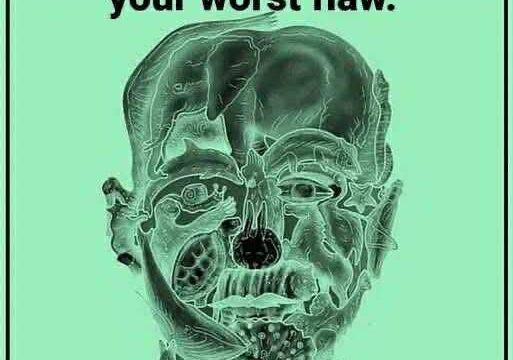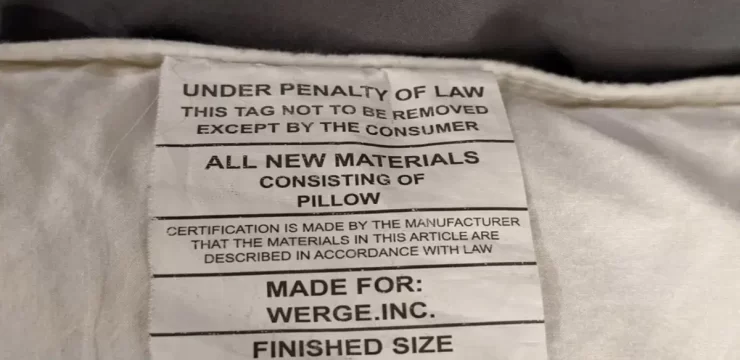Tires are one of the most important parts of your vehicle when it comes to safety, yet many drivers overlook a critical component—the sidewall. The sidewall is the thinner, more vulnerable part of your tire, and damage to this area often goes unnoticed until it’s too late. Along with sidewall issues, curb rash on your rims is another common problem. While both can impact your vehicle’s performance and longevity, sidewall damage carries a far greater risk. Knowing what causes these problems, how they affect your car, and how to address them is essential if you want to keep your vehicle safe and reliable on the road.
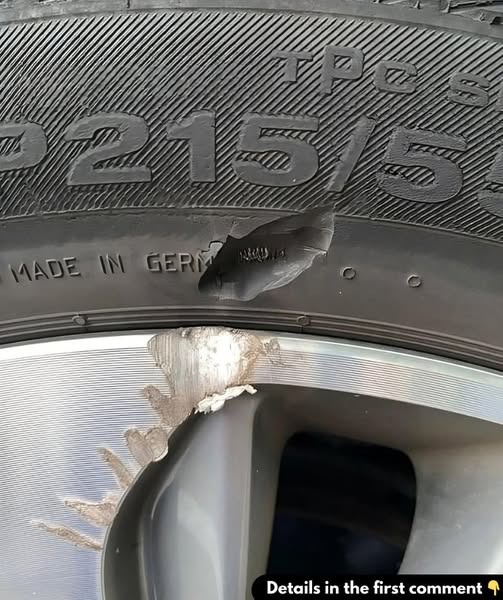
The sidewall of a tire isn’t as thick or rugged as the tread area that contacts the road. It’s more delicate by design and, unfortunately, much easier to damage. Common causes of sidewall damage include scraping against curbs, running over sharp debris, or driving on rough and uneven surfaces. One often overlooked factor is driving with underinflated tires. When tires are low on air, they flex more as they roll, making the sidewalls more susceptible to cracks and cuts. That’s why regularly checking and maintaining proper tire pressure is one of the simplest ways to avoid sidewall damage and prevent early tire wear.
When it comes to sidewall damage, the risks are serious. Unlike damage to the tread, which can sometimes be repaired, damage to the sidewall compromises the structural integrity of the entire tire. The sidewall supports the tire and absorbs much of the stress and pressure from the road. Even a small cut or crack can weaken it to the point where a blowout becomes highly likely, especially when driving at highway speeds. If you notice any cuts, deep cracks, bulges, or areas where the internal structure of the tire is exposed, it’s crucial to stop driving on it immediately. Replacing the tire is the only safe option. Continuing to drive with a damaged sidewall puts you, your passengers, and others on the road at serious risk.
Now, let’s talk about curb rash. Curb rash happens when a car’s rim scrapes or bumps against a curb, often during parallel parking or making tight turns on narrow streets. It usually results in scratches, scuffs, or even dents on the rim. While it may look like just a cosmetic issue at first glance, repeated or severe curb rash can cause more serious problems over time. The rim plays an important role in maintaining the airtight seal between the tire and the wheel. If the rim becomes damaged, this seal can weaken, leading to slow air leaks or uneven tire wear, both of which can affect your vehicle’s performance and safety.
Although curb rash doesn’t carry the same immediate danger as sidewall damage, it should still be taken seriously. Deep gouges can weaken the rim’s structure, and bent or cracked rims can lead to vibrations while driving or affect your vehicle’s handling. If you notice a bent or cracked rim, replacing it is the safest move. Leaving it unaddressed could lead to bigger issues down the line, including problems with alignment and tire wear.
If you discover damage to your tires or rims, don’t ignore it. The first step is to inspect the tire’s sidewall. Look for any visible cuts, cracks, bulges, or exposed inner layers. If you find significant damage, avoid driving on it. Instead, have the car towed to a nearby tire shop for professional evaluation and replacement. Next, check your tire pressure. A damaged sidewall can cause a slow leak, so use a tire gauge to confirm the pressure. If it’s low, inflate it carefully and drive slowly to a repair facility if it’s safe to do so. When examining your rims, look for scratches, bends, or cracks. Minor surface scratches can usually be repaired with a DIY kit that includes sandpaper, filler, and paint. However, if the damage is deeper or the rim is bent or cracked, it’s best to seek professional repair or replacement.
When dealing with sidewall damage, replacing the tire is non-negotiable. Repairs are not safe because they can’t withstand the stress placed on the sidewall while driving. A damaged sidewall increases the risk of a blowout, especially at high speeds, which makes immediate action critical. As for curb rash, minor cosmetic damage can often be repaired at home or by a professional. However, if the rim is severely damaged, replacing it is the best way to ensure your car’s handling and safety aren’t compromised.
If you frequently find yourself dealing with sidewall damage or curb rash, it might be a sign of a bigger problem. Poor driving habits, like hugging curbs too closely or making sharp turns, can lead to repeated damage. Alignment or suspension issues could also be contributing to uneven tire wear or difficulty handling turns. Additionally, parking in tight spots can increase the likelihood of scraping curbs. Making adjustments to your driving and parking habits can help reduce future damage.
In conclusion, both sidewall damage and curb rash are issues that drivers shouldn’t ignore. Sidewall damage demands immediate tire replacement to avoid dangerous blowouts, while curb rash, although often cosmetic, can lead to more serious problems if left unchecked. Regular inspections, careful driving, and maintaining your tires and rims in good condition are key to ensuring your safety and peace of mind every time you hit the road.
